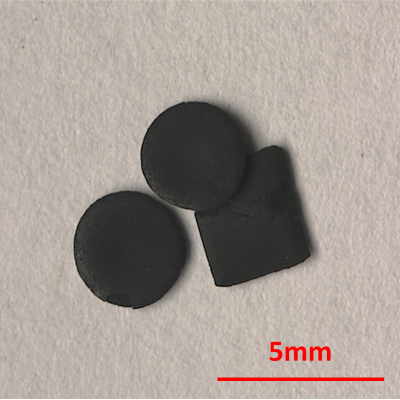LLNL researchers have developed a self-supporting structural material that promises more efficient carbon capture specifically from air, but generally from all CO2 containing gas sources. The material is produced with a liquid high-amine-content precursor polymer that is functionalized by adding on polymerizable end groups.
Keywords
- Show all (51)
- Synthesis and Processing (21)
- Additive Manufacturing (7)
- Materials for Energy Products (6)
- Material Design (4)
- 3D Printing (2)
- Membranes (2)
- Rare Earth Elements (REEs) (2)
- Additively Manufactured (AM) Optics (1)
- Instrumentation (1)
- Material Characterization (1)
- Multilayers (1)
- Structural Materials (1)
- (-) Direct Air Capture (1)
- (-) Magnet Compositions (1)
Technology Portfolios
Image

LLNL uses the additive manufacturing technique known as Electrophoretic Deposition to shape the source particle material into a finished magnet geometry. The source particle material is dispersed in a liquid so that the particles can move freely. Electric fields in the shape of the finished product then draw the particles to the desired location to form a “green body”, much like an unfired…


